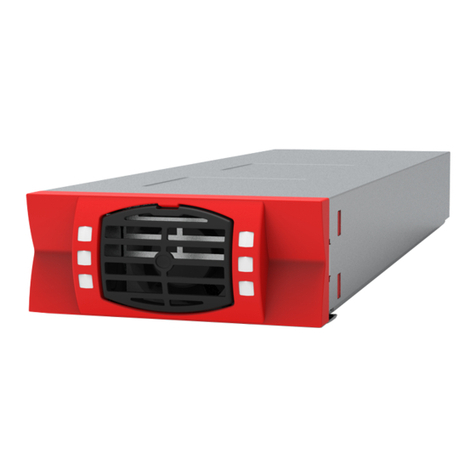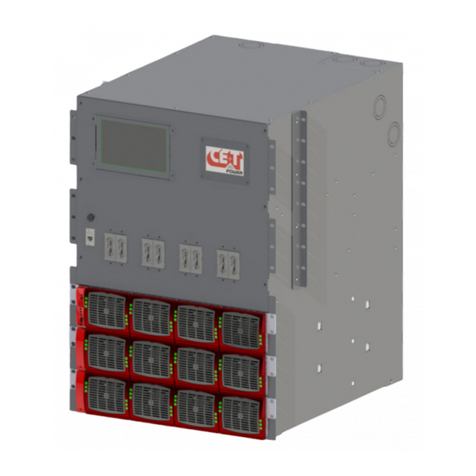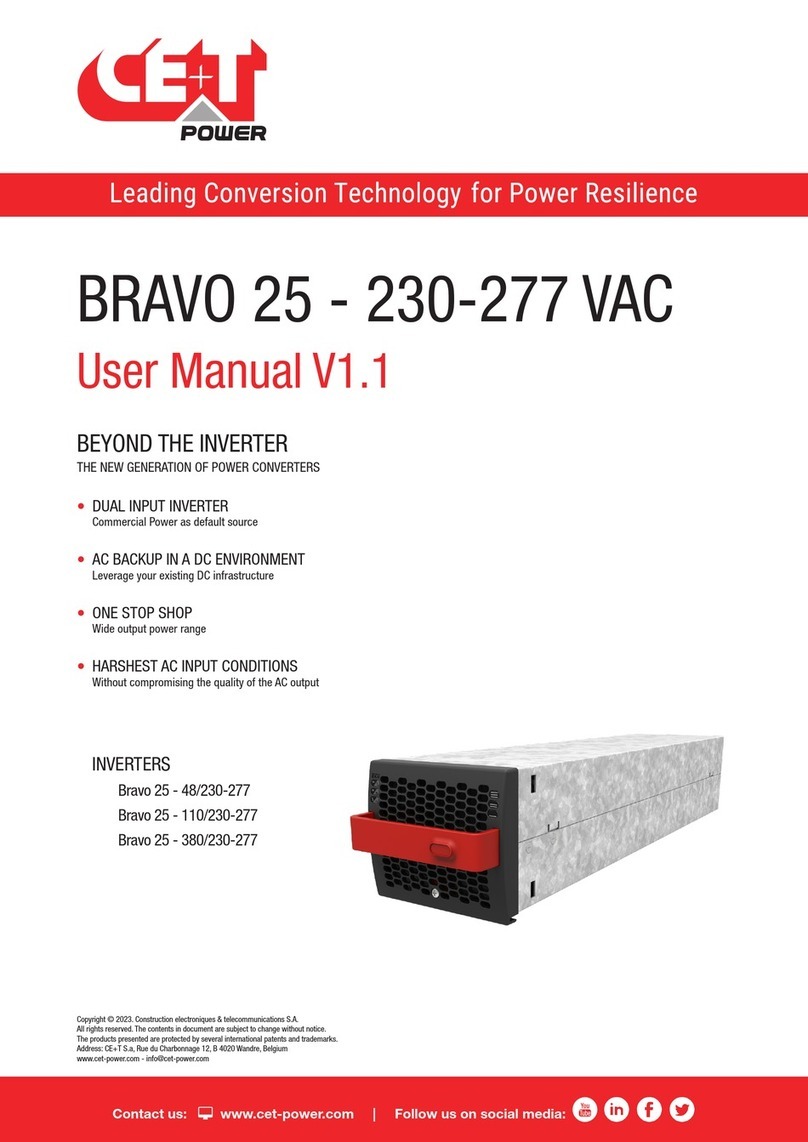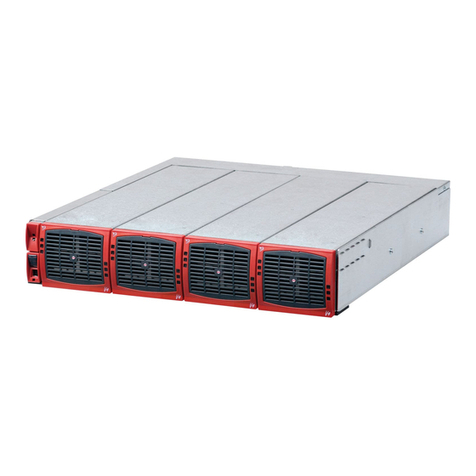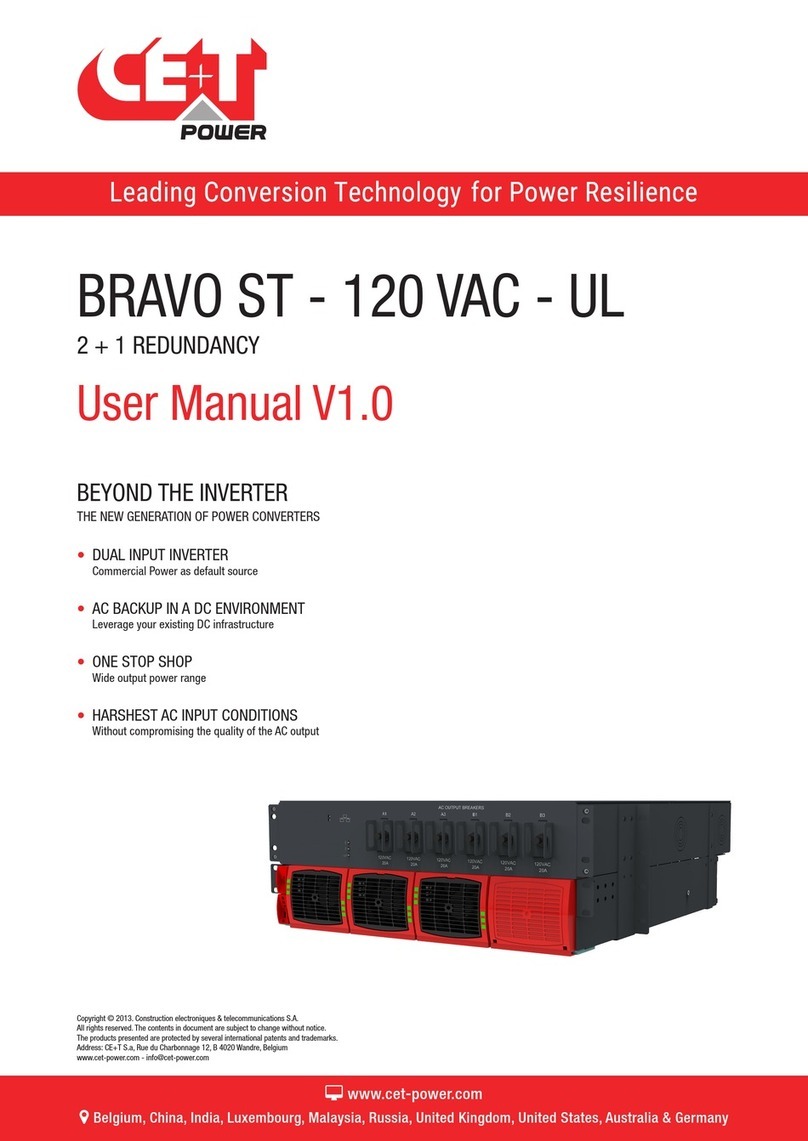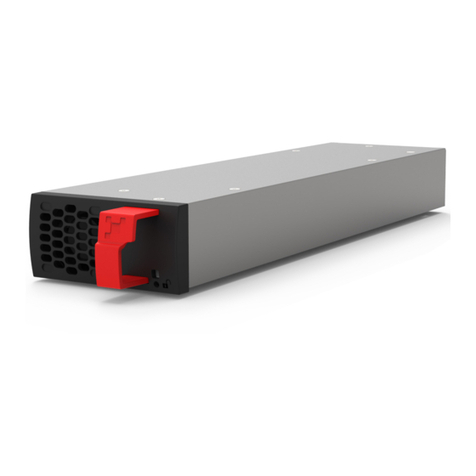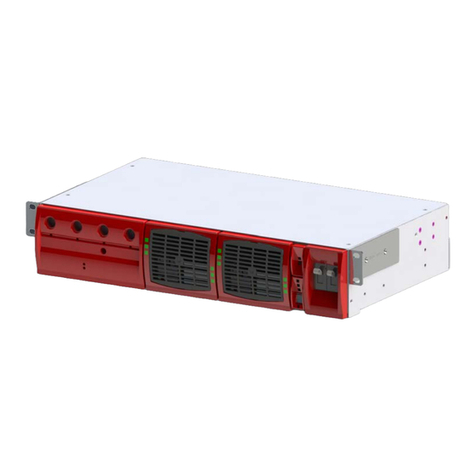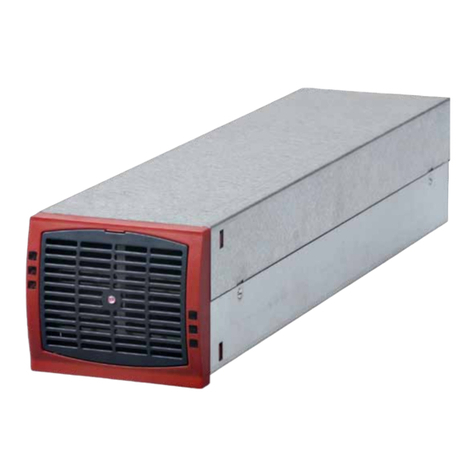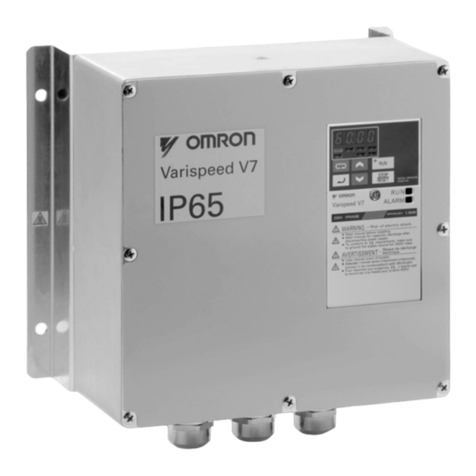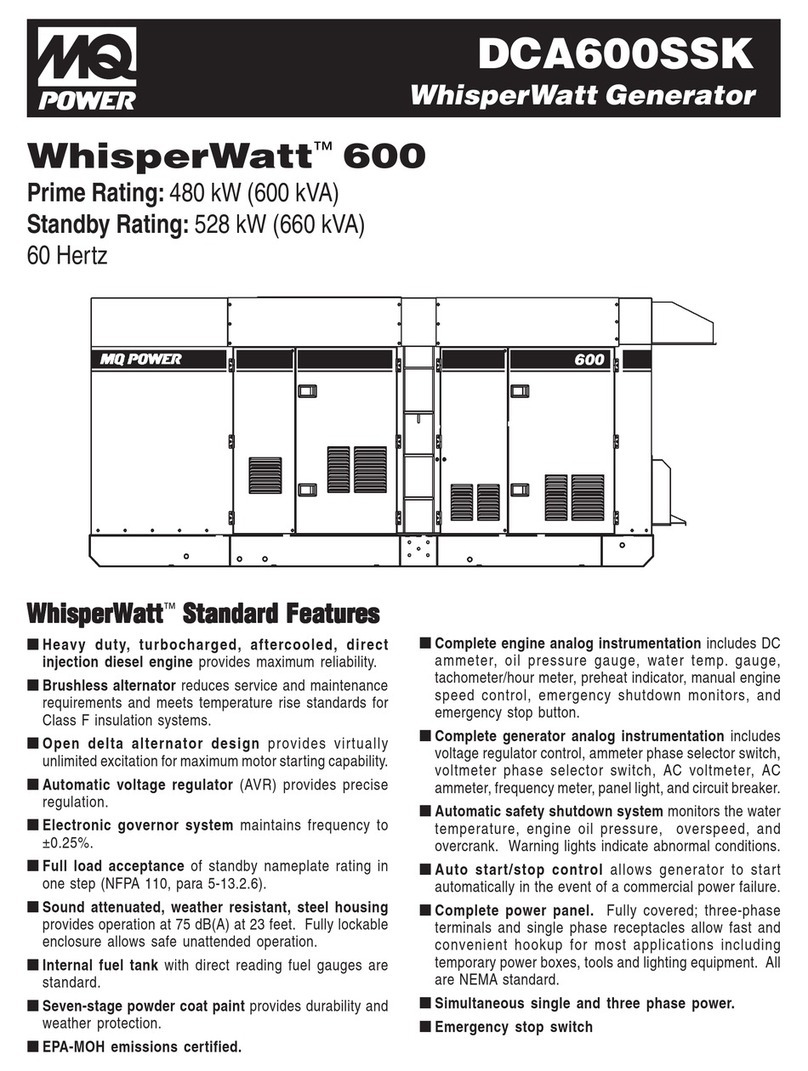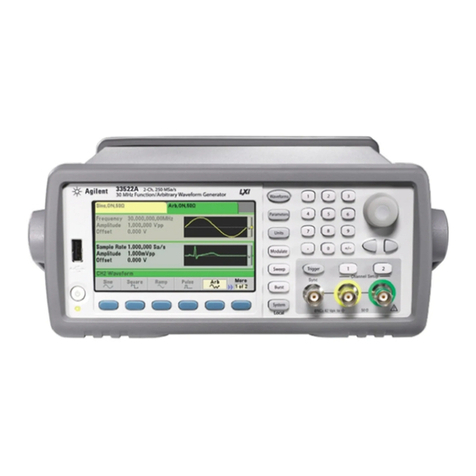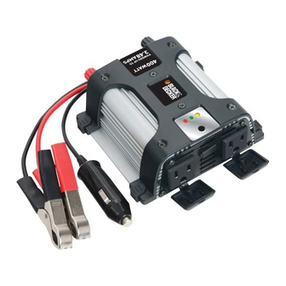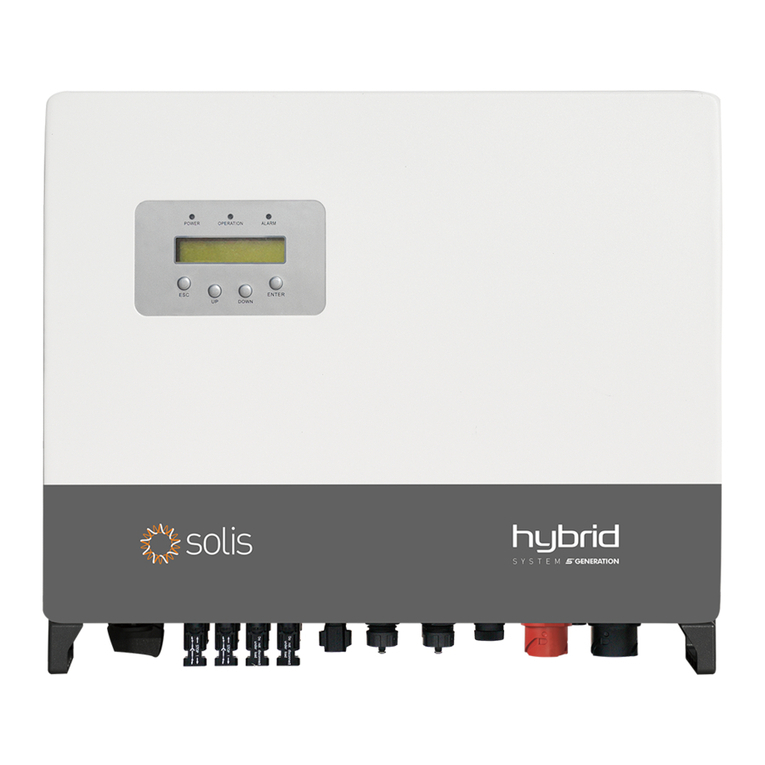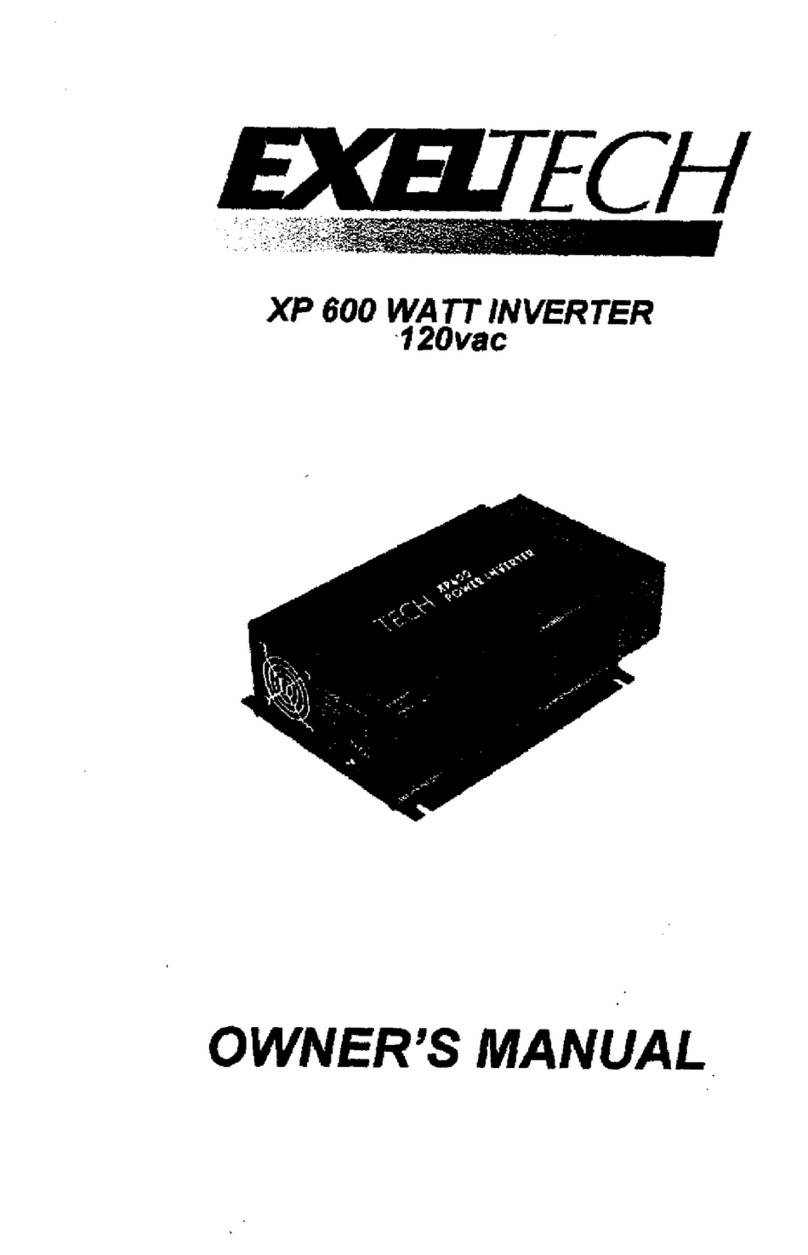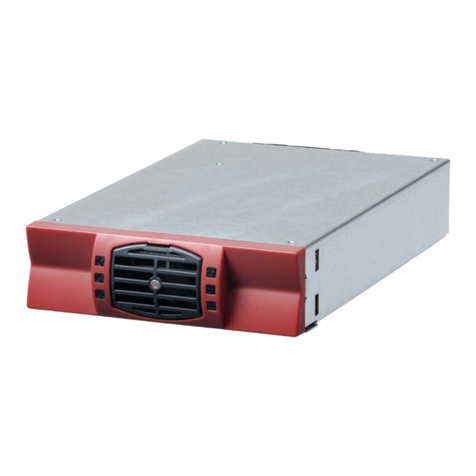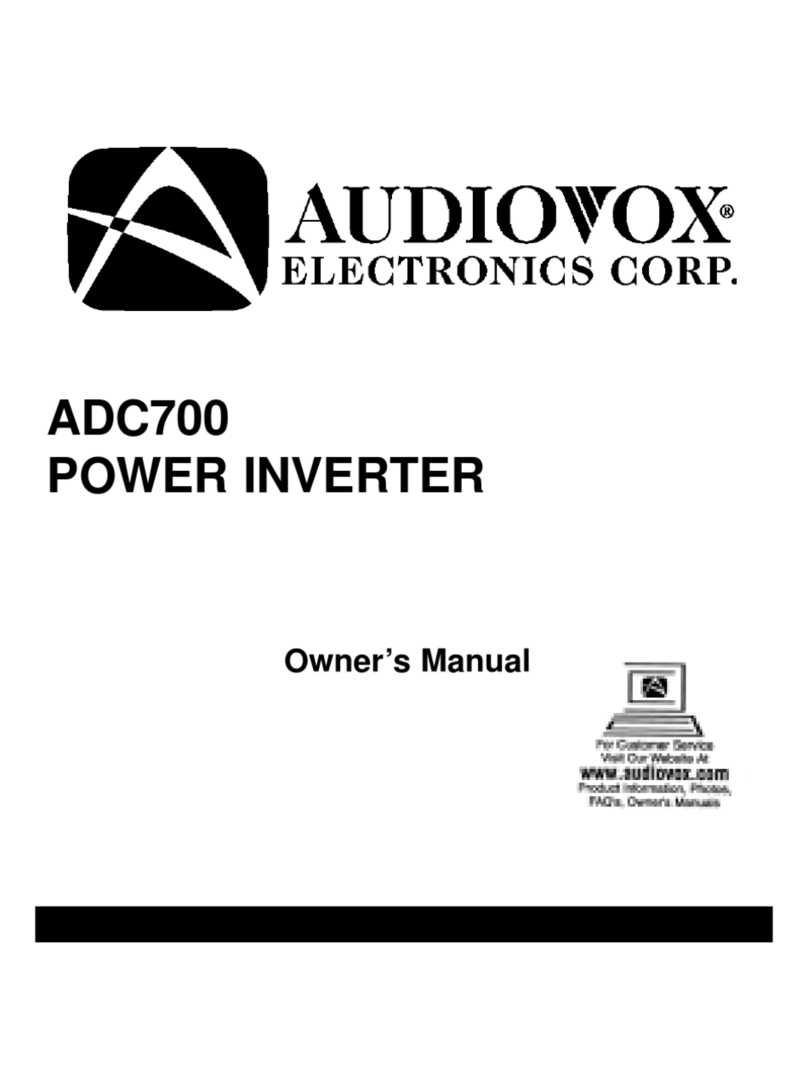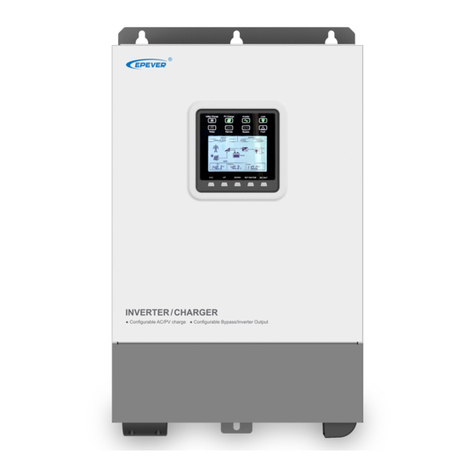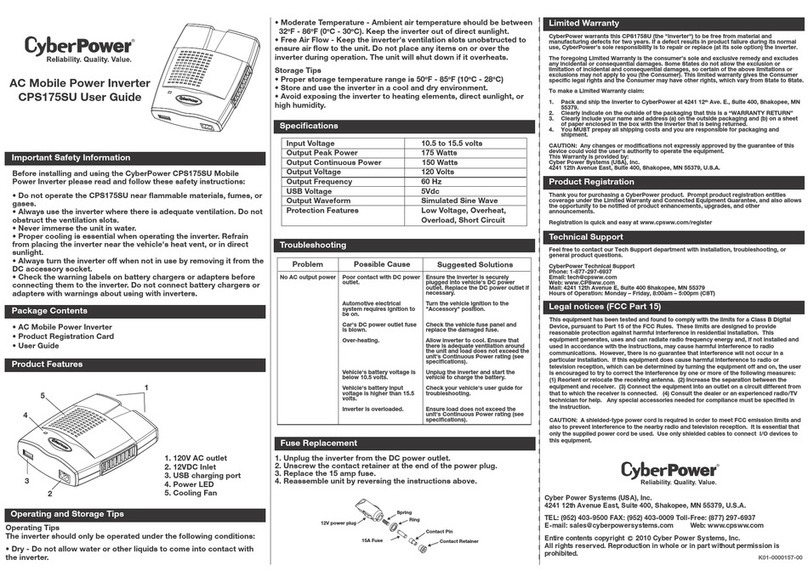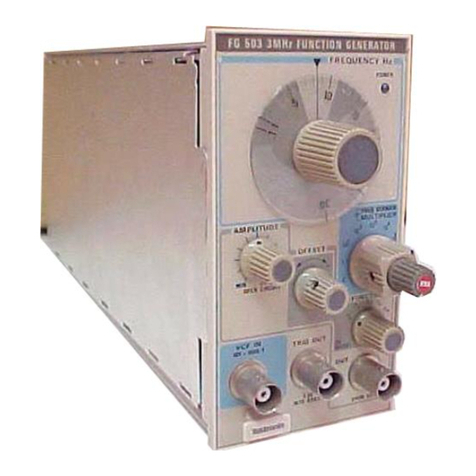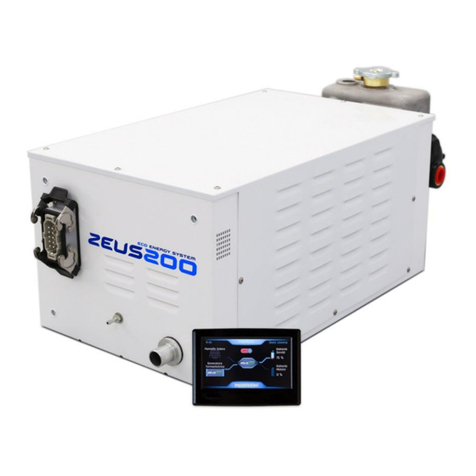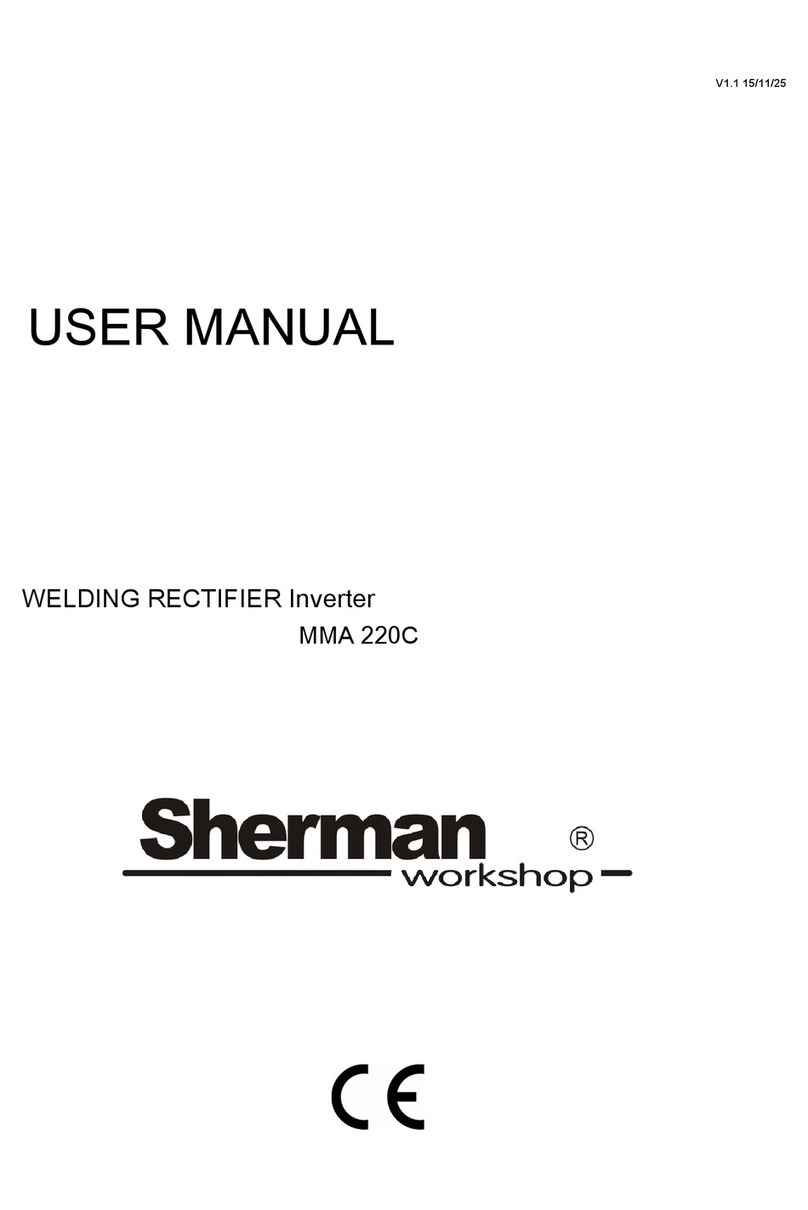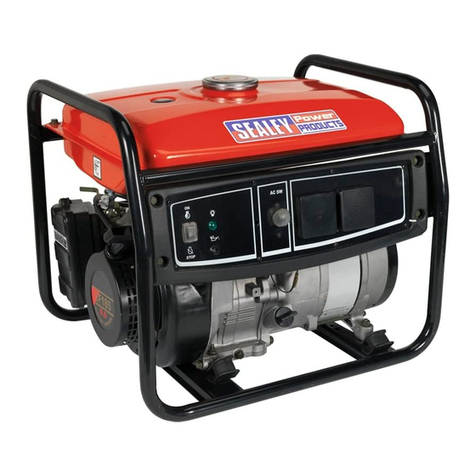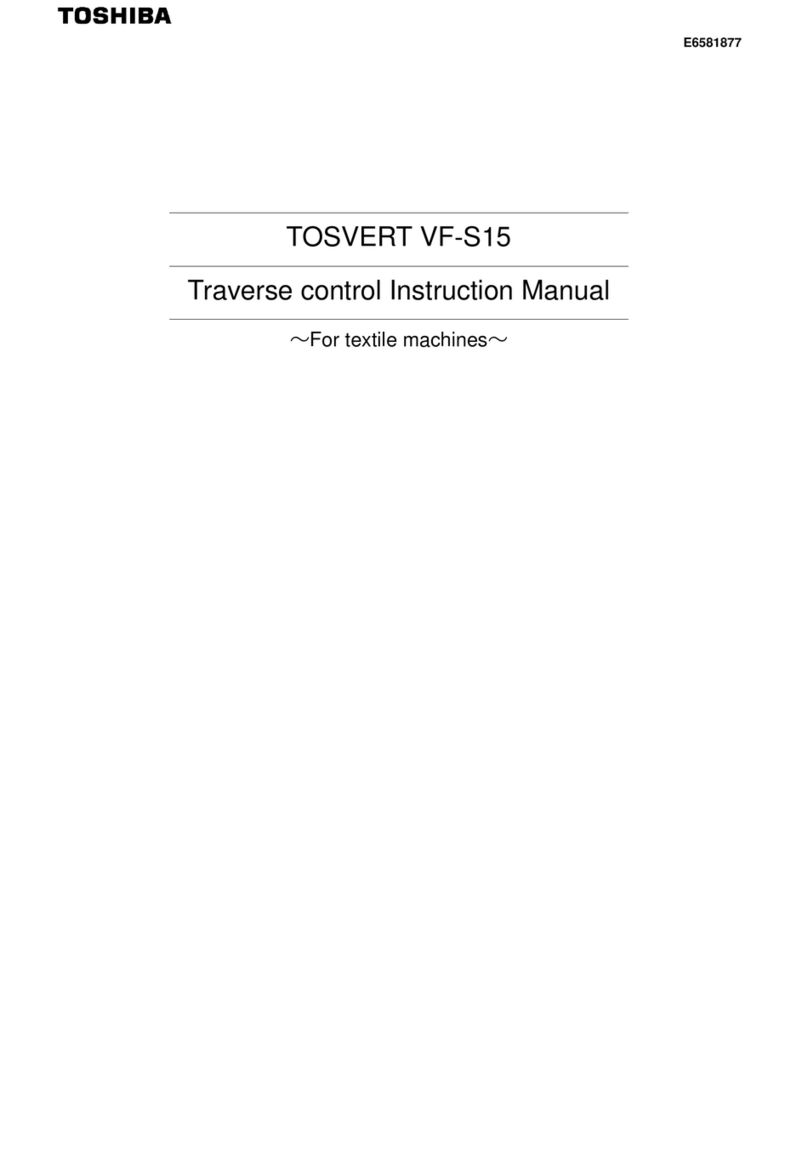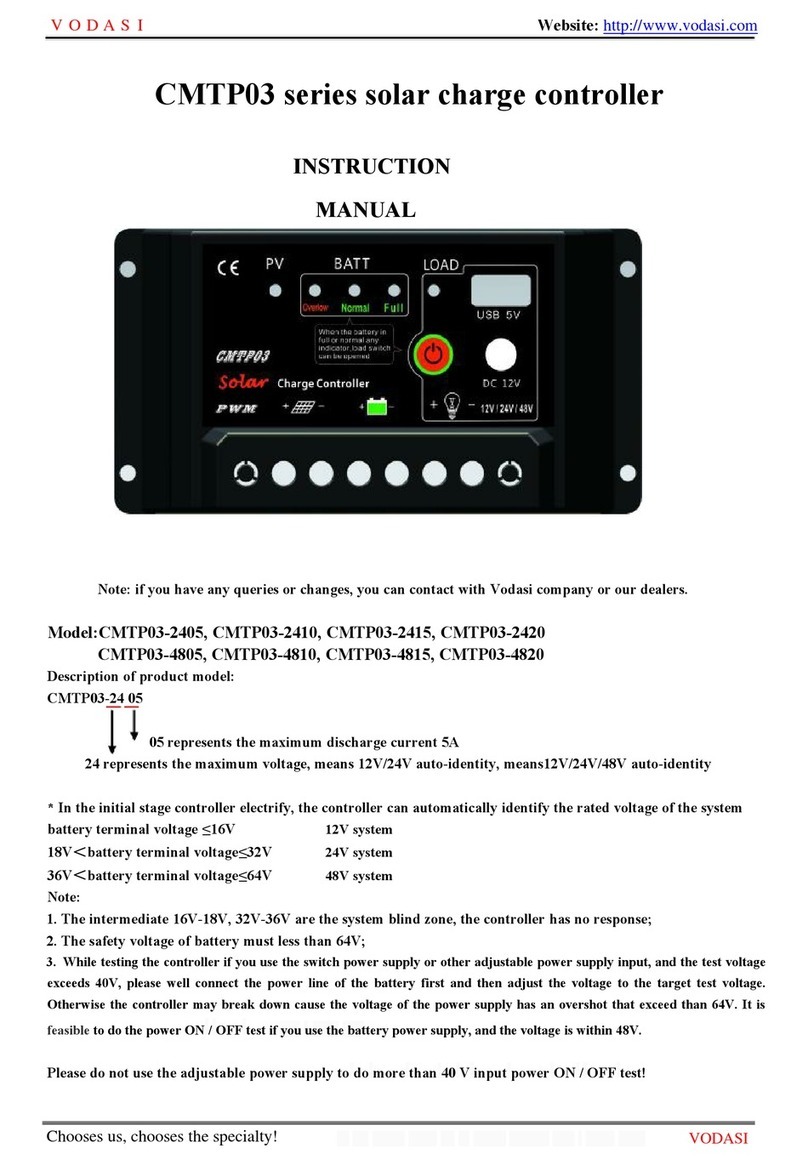
2 – TSI Y-One 230 VAC – User manual – v7.4
Table of contents
1. CE+T at a glance ................................................................................................................................... 5
2. Abbreviations ........................................................................................................................................ 6
3. Warranty and Safety Conditions ............................................................................................................. 7
3.1 Handling...................................................................................................................................... 8
3.2 Surge and transients ................................................................................................................... 8
3.3 Other........................................................................................................................................... 8
4. TSI TECHNOLOGY .................................................................................................................................. 9
4.1 On-line Mode .............................................................................................................................. 10
4.2 Safe mode.................................................................................................................................. 10
4.3 EPC-mode................................................................................................................................... 10
5. Description ............................................................................................................................................ 11
5.1 Typical load................................................................................................................................. 12
6. Installation ............................................................................................................................................. 13
6.1 Y-One dimensions ...................................................................................................................... 13
6.1.1 Mounting KIT.................................................................................................................. 14
6.2 Wiring ......................................................................................................................................... 15
6.2.1 EPC Model - Rear View................................................................................................... 15
6.2.2 REG Model - Rear View................................................................................................... 15
6.2.3 Disconnecting and protecting devices............................................................................. 16
6.2.4 Grounding ...................................................................................................................... 19
6.2.5 Remote Monitoring and Control ...................................................................................... 19
6.2.6 Dipswitch configuration.................................................................................................. 21
7. Manual By-Pass..................................................................................................................................... 22
7.1 Pre requisites .............................................................................................................................. 22
7.1.1 Manual by-pass.............................................................................................................. 22
8. Getting started ....................................................................................................................................... 23
8.1 Starting procedure ...................................................................................................................... 23
8.2 Front Panel LED Display............................................................................................................... 23
8.3 LED indication- Alarm status ....................................................................................................... 24
8.4 Disable alarm mains failure......................................................................................................... 24
8.5 Fan Replacement ........................................................................................................................ 25
9. Finishing................................................................................................................................................ 26
10. Disassembly & Disposal......................................................................................................................... 27
10.1 Disassembly................................................................................................................................ 27
10.2 Disposal ...................................................................................................................................... 27
11. Commissioning ..................................................................................................................................... 28
11.1 Check list .................................................................................................................................... 29





















